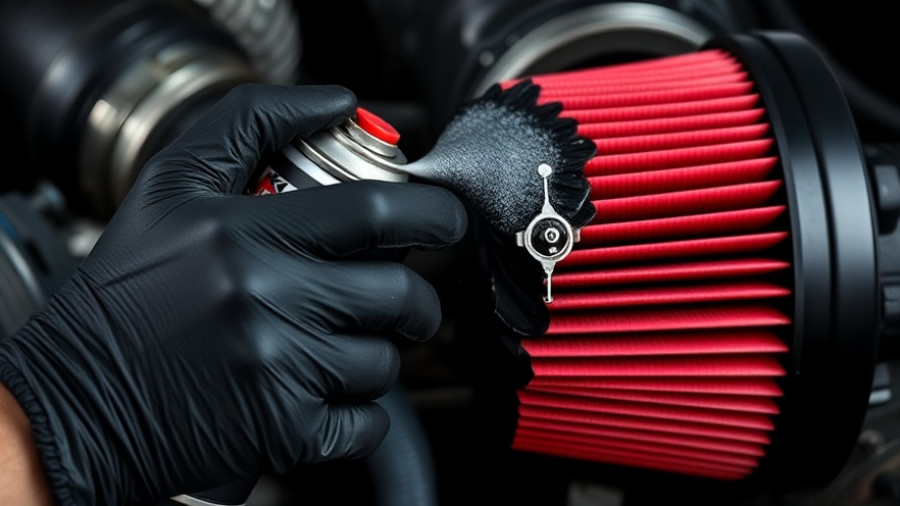
Understanding the Importance of Properly Cleaning K&N Intake Filters
When it comes to maintaining the performance of your vehicle, few components are as critical as the intake filter. K&N filters, known for their high flow rates and reusable cotton construction, are popular for outdoor enthusiasts and vehicle owners alike. However, despite their reputation for durability, many users are not aware of the proper cleaning methods, which can greatly affect the filter’s longevity and effectiveness.
The Official K&N Cleaning Method
According to K&N, a systematic approach is essential for ensuring that your air filter remains in optimal condition. The cleaning process is as follows:
- Filter Removal: Start by carefully removing the dirty filter from the intake system.
- Applying Cleaner: Spray the K&N air filter cleaner generously on both sides of the filter, allowing it to soak for about 10 minutes.
- Rinsing: This is the most vital step—rinse the filter with low-pressure water from the clean side to the dirty side. This method effectively pushes dirt and debris out rather than forcing them deeper into the cotton media.
- Drying: After rinsing, shake off excess water and allow the filter to air dry completely. Avoid using compressed air or heat, as these can damage the filter’s material.
- Oiling: Once dry, apply K&N oil evenly to the crown of each pleat. This oil is crucial for trapping fine dust, enhancing the filter’s performance. Let the filter sit for about 20 minutes for the oil to spread evenly, ensuring that the classic red color is uniformly visible.
- Reinstallation: After a final check for excess oil on the frame, the filter is ready to be reinstalled.
Why Proper Cleaning is Essential
Cleaning your K&N filter correctly not only extends its lifespan but also ensures maximum airflow and engine protection. A neglected filter can lead to reduced performance, increased fuel consumption, and potential engine damage due to dirt ingress. Regular maintenance following K&N's guidelines helps maintain your vehicle's efficiency and longevity.
Potential Risks of Improper Cleaning
Improper cleaning methods can lead to severe consequences. For example, rinsing the filter in the wrong direction can push debris deeper into the cotton, making it more difficult to remove and reducing airflow. Similarly, the misuse of heat or high-pressure air can degrade the filter’s performance, voiding its warranty and necessitating a costly replacement. It’s essential to adhere strictly to the outlined methods to avoid these outcomes.
Future Trends in Air Filter Technology
As technology evolves, so too does the design and efficiency of air filters. Innovations in materials and filtration technology are anticipated, promising enhanced performance and even easier maintenance. With advancements like nanofiber technology and real-time filter monitoring systems, future filters may offer efficiencies and conveniences that surpass current standards.
Conclusion: Keeping Your Engine Safe
In the world of vehicle maintenance, few elements are as significant as maintaining your intake filter properly. By following the official K&N cleaning guidelines, you ensure not only the performance of your engine but also the longevity of your component itself. Make sure to educate yourself on these methods and incorporate them into your regular vehicle maintenance routine. For any vehicle owner, understanding the right way to clean air filters is integral for optimal performance and engine health.
 Add Row
Add Row  Add
Add 




Write A Comment